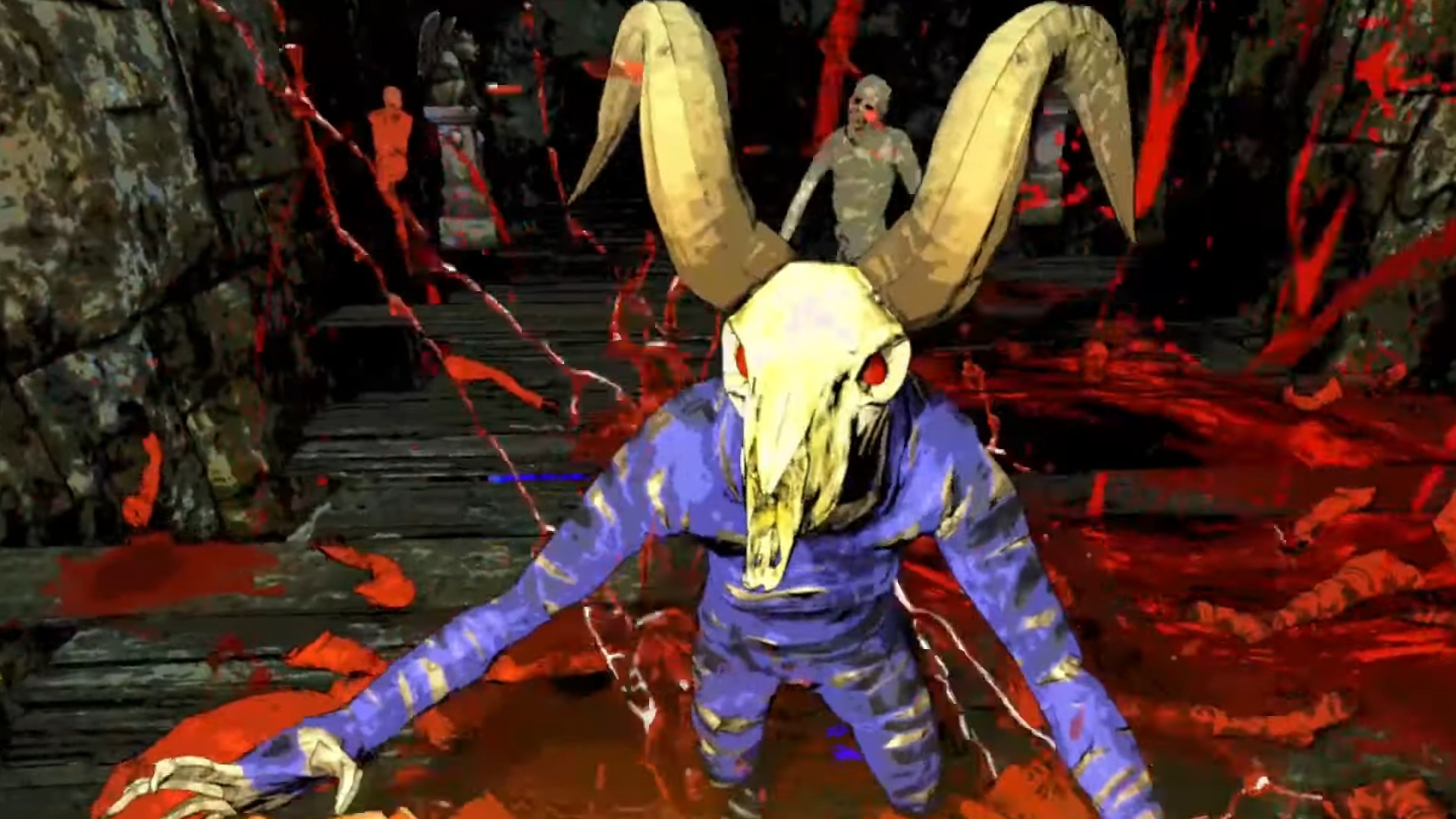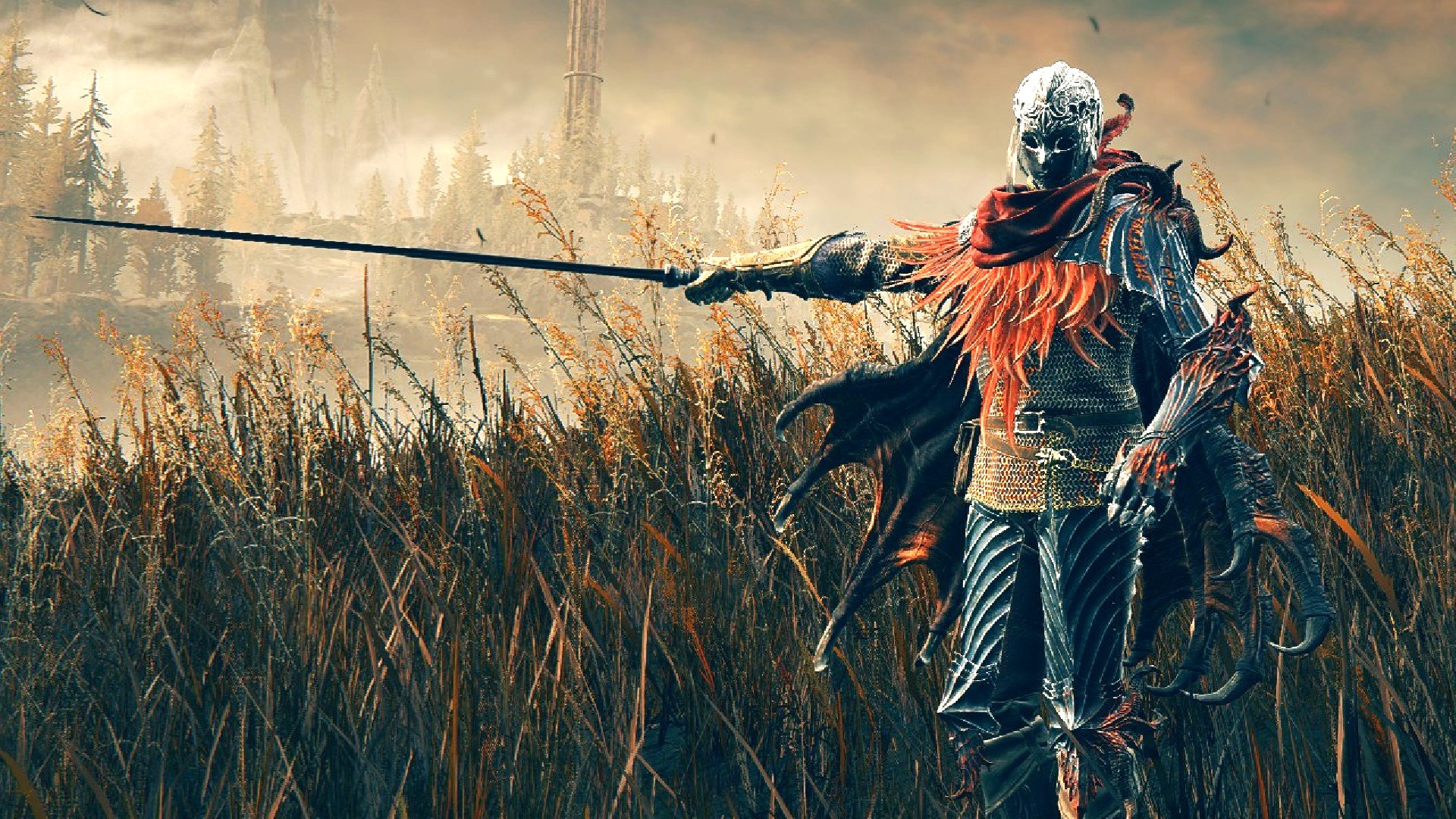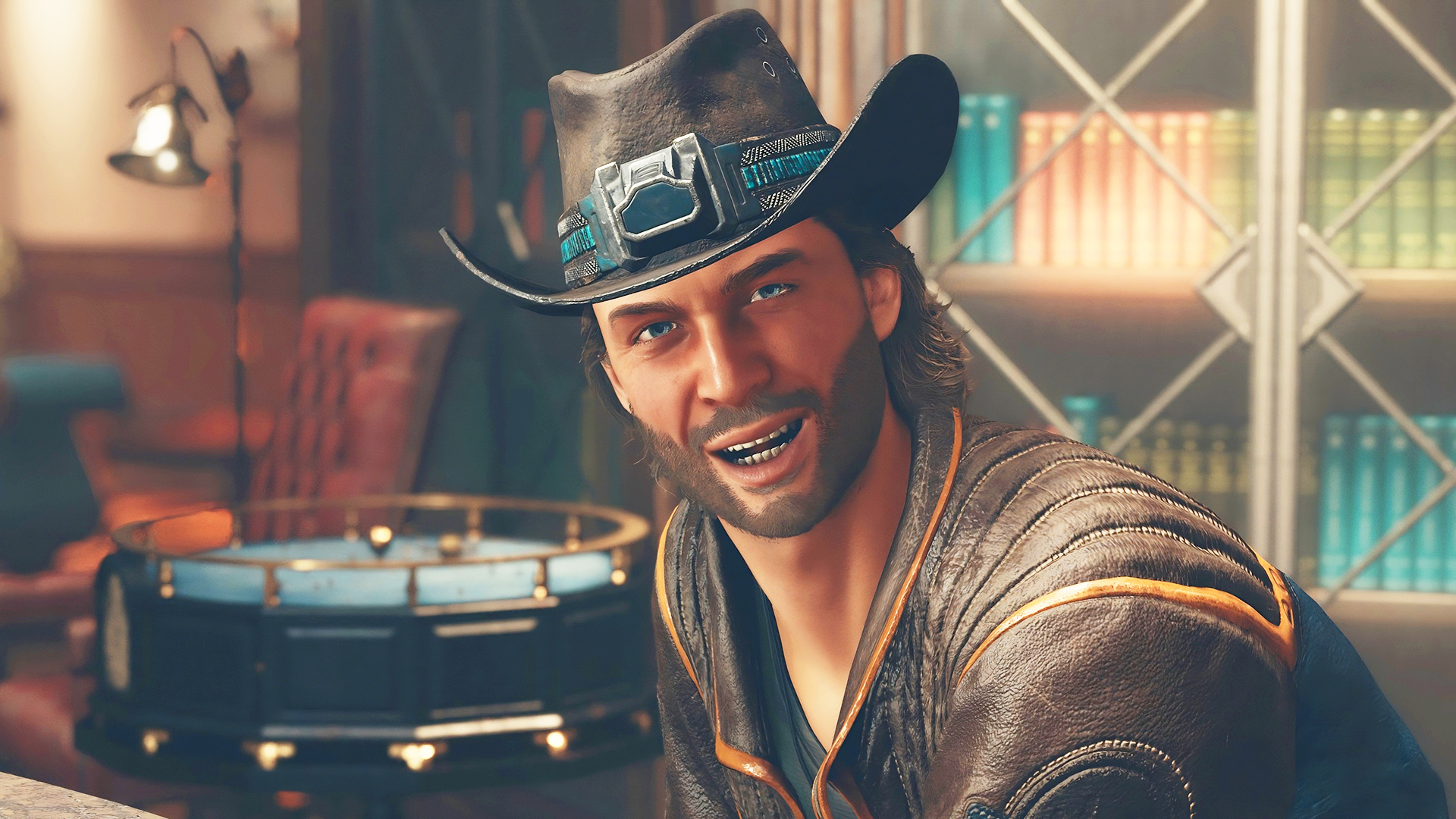
An Expert's Guide to the Best Model Kits For Adults in 2024
Model making is a great hobby, but knowing how and where to start is another story. It can be overwhelming for novices: Injection-molded plastic models have been on the market for close to a century, and there are kits of everything from military vehicles to sports cars and anime robots to household objects. Looking at some of the incredible creations of seasoned model builders, it might seem like you need an entire workshop of tools and equipment, the steady hands of a brain surgeon, and years of practice to make something cool-looking, but that’s not the case.
To make getting into this delightful pastime a whole lot less daunting, I’ve put together a list of kits that are worth checking out. Quite a few of these recommendations are based on my own firsthand experience. Up top are kits that don’t require glue, paint, or much else in the way of supplies, but keep scrolling for some recommendations if you’re ready to get your hands dirty and possibly stuck together. Head all the way to the bottom for essential tools and supplies you’ll need for model kits and where to buy these excellent LEGO alternatives.
No Paint? No Glue? No Problem!
For a very long time, model kits needed to be glued together and painted. Nowadays that’s not always the case. Most model companies offer entry-level kits that come pre-colored and can be easily snapped together. Keep in mind that some kits that advertise themselves as “for beginners” or “entry level” are so simplified it’s hard to count them as traditional model kits. However, plenty still offer a satisfying challenge without requiring any messy stuff like paint and glue. Case in point: Gundam! If you’re looking for a beginner route to model kits, and you think giant robots are cool, then either of the following two kits is a good start.
Gundam kits are classified by grade, the two most common being High Grade (HG), which are usually $15-30 and about 6 inches tall when complete, and Master Grade (MG), which’ll run you around $30-50 and are a couple of inches taller, but usually a lot more detailed and complex. There’s also Real Grade, which is somewhere between HG and MG; Entry Grade, which is for absolute beginners; and Perfect Grade, which is for advanced builders.
Gundam modeling (or Gunpla, short for “Gundam plastic models”) has become so massively popular, it warrants its own list of recommended kits. But for anyone who doesn’t care for big anime robots (Why not? Who hurt you?) I’ve rounded up a bunch of kits that take the same no-fuss appeal of Gundam kits applied to other properties and subject matter.
Star Wars Model Kits
Bandai has given the Gundam treatment to a number of other beloved pop-culture properties, most notably Star Wars. A good number of characters and vehicles have been turned into pre-colored snap-together kits. Some lend themselves to this treatment better than others; some of the less colorful subjects may look a little bland without a bit of paint or finishing touches. A basic wash or some dry-brushing will really make the details pop on the more monochromatic Original Trilogy machines.
Boba Fett is nice and colorful and looks great without a drop of paint, which speaks to the character’s inherently kitbashed aesthetic. The Stormtroopers looked a little too plain out of the box, so my esteemed colleague Brian Altano and I personalized them a bit:
Anime Model Kits
If full-color injection-molded action figure model kits work for giant anime robots, why not anime people as well? Bandai’s Figure-Rise line has tackled Dragon Ball Z, Naruto, Digimon, and even some of the human characters from Gundam.
Giant Robot Model Kits (That Aren’t Gundam)
Currently sitting at the top of my pile of shame is Kotobukiya’s 1:100 scale Metal Gear Rex. Part of my procrastination is because it’s a big beautiful model kit and I don’t want to mess it up, but also because I built the Metal Gear Sahelanthropus, which was an extremely frustrating build. This may have been because I got it partially from a friend and picked up where he left off, but I think the more intricate and top-heavy design of the Sahelanthropus doesn’t lend itself as well to a physical kit. From what I’ve read, Rex’s more squat form makes for a more straightforward build. Unsurprisingly, a mech designed for a PlayStation 1 game has less proverbial moving parts than one designed for the PS4.
Good Smile Company’s Moderoid line of kits come pre-painted, which is great if you just want to put something together and display it, but they’re also on the pricier side.
Like a lot of Bandai kits, these dinosaur skeletons snap together and are molded in all the right colors. However, since they’re a bunch of bones, they’re monochrome. That said, for anyone who doesn’t have much confidence in their painting abilities, but still wants to paint something, this might be for you. I tried out a bunch of weathering techniques on mine to make it look appropriately prehistoric, and then made a custom base.
Not quite the weirdest model kit I’ve built (that honor goes to a 1:24 scale urinating dog), but it’s definitely up there. This is basically a Gundam, but it’s soup. It’s completely snap together, though surprisingly, deceptively complex in how it’s assembled. The finished product, without a drop of paint, is impressively hard to differentiate from the real thing, which is funny but also raises some concerns about how closely instant ramen noodles resemble polystyrene.
As the name suggests, Aoshima’s The Snap Kit series of model cars are a *snap* to put together, literally and figuratively. Much like Gundam kits, no glue is required and the majority of the pieces come molded in the correct colors. (Stickers are included for the ones that aren’t.) They’re a great option for anyone who’s looking for a quick project that doesn’t require a lot of tools or materials. Without paint, the end result might look a bit more like a toy than a proper replica, but painting is still an option. If that’s the part of the hobby that appeals to you, these’ll get you off to the proverbial races faster.
I turned The Snapkit’s 2000GT-R Skyline into a beat-up junker, and kitbashed the Prius into a heavy metal post-apocalyptic monster truck. A “Judas Prius,” if you will. That one’s a work in progress; it looks too Halo, not Mad Max enough.
Military Model Kits
The beauty of tanks, aside from being a cross between a cannon and a bulldozer, is how forgiving they are of a messy paint job. The real, full-size ones are frequently painted just one color, but get caked with dirt, mud, grease and grime, which is immensely gratifying to recreate in miniature with dry brushing, washes, and pigments. If you screw up during constructing, just call it battle damage! Tamiya makes some excellent armor kits, along with just about any other type of military hardware and/or accoutrement you could ask for, including but not limited to 1:35 scale farm animals.
The scale of models can be a little confusing, but it’s just fractions. A 1:1 scale model is life size, 1:2 scale is 50% the size of the real thing, and so on. However, different subject matter is suited best to certain scales. Cars are usually 1:/24 or 1:32, and the standard for military ground vehicles, like tanks and trucks and infantry, is generally 1:35. Larger aircraft models are 1:48, but 1:72 isn’t uncommon, and when you get into larger naval vehicles it gets even more fractional. There’s plenty of overlap, so if you want a little truck to go next to your 1:48 helicopter, it probably exists somewhere out there. The scale of railroad models is the gauge of the miniature train tracks being used, which I’m not even going to go into here. The point is: You can get a big Harrier jet or little Harrier Jet, or you can buy two big ones and pretend it’s a mommy and a daddy and a baby jet.
Car Model Kits
I am admittedly not much of a car guy. My dad, on the other hand, is very much the opposite. As a Father’s Day gift one year, I tracked down Hasegawa’s 1:24 BMW 2002 Tii kit, and painted it to look like a real car he’s been tinkering with and repeatedly repairing for the last few decades. He loved the gift and I had a great time putting it together. The amount of detail and tiny parts in a kit like this might be overwhelming for a novice modeler, but it’ll certainly keep you busy.
Two companies called Revell make model kits: Revell USA and Revell of Germany. The general consensus among the model building community is that the ones from Germany are excellent and the American Revell kits leave a lot to be desired. I’ve only built the American ones, and I wasn’t impressed.
What’s your dream car? A Lamborghini? What about a kebab truck? Aoshima makes a range of great vehicles, from luxury supercars to civilian automobiles to a surprisingly broad selection of funny little food trucks.
How to Get Started with Model Kits
Tools:
This is a great little set of tools to get started. If you get serious, it’s worth investing in a nice pair of hobby shears, side-cutters or “nippers” for cutting the individual parts off the runners. The cleaner the cut, the less trimming, filing and sanding needed during assembly. I have a pair of Tamiya side-cutters that I swear by, but the God-tier option in this department is the “God Hand” line (not to be confused with the PlayStation 2 game IGN gave a controversially bad score to a million years ago).
A sturdy cutting mat is helpful for not ruining your dining room table and getting yelled at, and also for easily moving your entire project away from the dining room table because you have company coming over and you don’t want people to see the funny little things you make in your spare time.
Model cement is different from regular glue in that it’s actually a solvent that slightly melts the plastic where applied, letting you fuse parts together. This makes it effectively useless on other materials, but for plastic kits, it’s my favorite. A tiny brush is built into the lid, so you just hold two pieces of your model together and apply a drop where they touch. The cement is so thin it’ll usually flow into the crack on its own.
Paint:
Without venturing into the messy, expensive, and frequently frustrating world of airbrush operation and maintenance, my preferred method of painting models is with a combination of “rattle cans” and water-based acrylics. Primer is key because it gives the surface a finish that paint will adhere to more easily than bare plastic. It’s possible to use regular spray paint from a hardware store, but it comes out thicker and can very easily ruin any fine details. Cans of hobby spray paint produce a fine mist, which is much easier to apply carefully.
Mr. Hobby’s Mr. Surfacer is an excellent primer that will even out the appearance of a kit prior to painting, covering up imperfections in the plastic while also providing a nice matte finish that paint will stick to really well.
Unlike lacquers or enamels, water-based acrylic paint doesn’t need any special thinners or solvents when it comes to mixing or cleanup. Vallejo’s Model Color line comes in every shade imaginable, and the dropper bottles make it easier to avoid spills.
Tamiya has a whole rainbow of hobby-grade spray lacquer, which is a great alternative to hand-painting large areas and worrying about brushstrokes. If the model is mostly one color, laying down a base coat and then doing the details by hand is a good system. It’s unlikely you’ll use an entire can of paint on one kit, so if you grab a color or two per kit, over time you’ll likely collect a nice variety.
Like any good hobby, model making is basically a bottomless pit of enjoyably wasted time (that’s not actually wasted if you enjoyed yourself). No matter how good you are at it, you’ll inevitably come across someone who’s so much better than you it makes you want to give up entirely. On the bright side, a lot of experts share their work online along with handy tips and tutorials for any skill level. On YouTube, a few accounts you may want to check out are SpruesNBrews, NightShift, and Jun’s Mini Garage. If you are looking for some inspiration for dioramas, or just to see some ridiculously cool stuff getting made, Laser Creation-World and Minibricks both put up some great work. Happy modeling!
Model Kit FAQs
Where is the best place to buy model kits?
Amazon: You can find some awesome deals throughout the year, but you’ll also want to be wary of resellers marking up prices. If you find something you like, it’s always worth googling it to see what the going rate is.HobbyLink Japan: Model making is a hobby that requires patience, and sometimes that starts before you even get the kit. HLJ is the biggest online Japanese hobby shop and has a flat-out overwhelming selection of model kits and supplies, plus toys, statues, gacha machine prices, apparel, books, and even adults-only stuff you probably won’t find many places outside of Japan. The catch? Shipping is usually expensive, slow, or both. The cheapest option can take four to seven months to arrive. Cost is generally calculated based on size rather than weight (model kits are big, but light) so it often makes sense to save up and order a bunch of stuff at once.MegaHobby: I haven’t used this one personally, but it’s also got a great selection and it seems like most stuff ships out in six months or sooner.IGN Store: We’ve got a modest but solid selection of kits on there, generally of the anime/pop-culture variety. (The best-sellers from HLJ occasionally show up on the IGN Store.) New items are added regularly, and older stuff goes on sale, so it’s worth checking back regularly. Your local hobby shop: No, really! See if there’s a hobby shop near you, and go support it. Those are a dying breed and the people who work there will often actually know what they’re talking about, and it’s also a great place to meet fellow builders of small things. Bear in mind that model building is a broad hobby, and hobby shops usually cater to one particular corner of it. The 80-year-old WWII diorama builder might not know what a Perfect Grade Exia Gundam is, and the kid with a Char Aznable tattoo may not know what a Panzerkampfwagen is, but they both can most likely tell you about drybrushing, panel lines, and gunk wash.
Max Scoville is a senior writer, host and producer for IGN covering video games, movies, toys and collectibles. He has 15 years of experience in pop-culture media, previously writing for and/or appearing on Current TV, Destructoid, Revision3 and StarWars.com. He has been involved with several podcasts, including The Comedy Button, Weird Heat, Podtoid and you can currently find him hosting IGN’s weekly PlayStation show, Beyond.
His favorite video games/series include Metal Gear Solid, Yakuza, Bloodborne and Secret of Evermore. Some of his all-time favorite movies are Akira, Terminator 2: Judgment Day, The Royal Tenenbaums, Boogie Nights and My Neighbor Totoro. When he’s not looking at a screen for some reason, he loves to read, paint cartoon monsters and build model kits and miniature dioramas, but most of his free time these days is spent with his kid or being tired.






